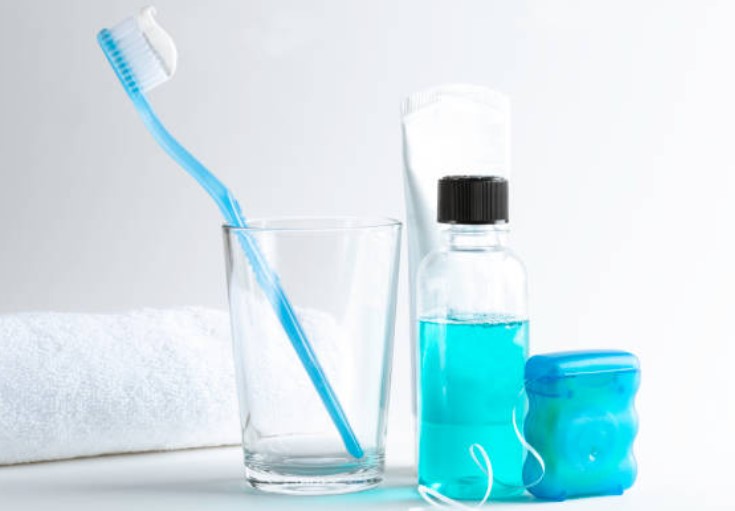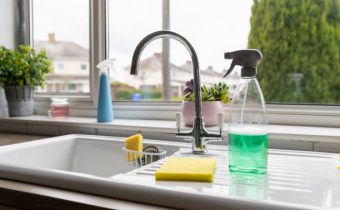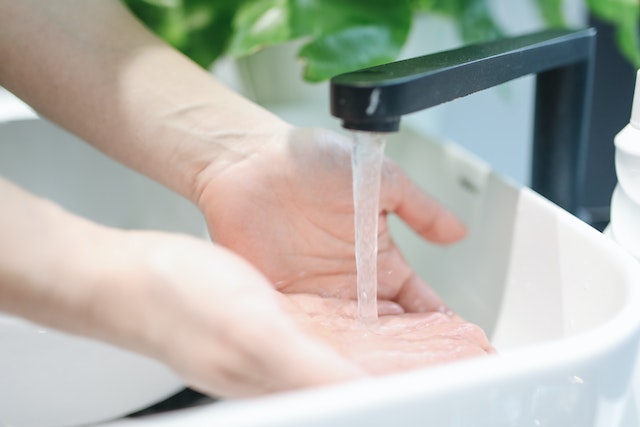
Maintaining optimal oral health goes beyond just brushing your teeth. The key to a lasting impact on your dental well-being lies in incorporating essential tools into your daily routine. Dental floss, a simple yet powerful ally, plays a crucial role in enhancing gum health and preventing cavities. In this read, we’ll delve into the world of dental floss and water flossers, exploring how these habits can become steadfast companions in your journey toward a healthier smile.
The Essence of Dental Floss
Dental floss, a slender thread designed to slide between teeth, is more than just a dental accessory—it’s a game-changer. Picture this: a gentle, yet effective tool that navigates the tight spaces between your teeth, where your toothbrush might miss. This unassuming string, when used consistently, has the potential to make a significant impact on your oral health.
The Dance of Dental Floss and Gum Health
Dental floss isn’t merely about dislodging bits of food; it’s a dance partner for your gums. Regular flossing removes plaque, the sticky film of bacteria that can lead to gum disease. By gliding the dental floss between your teeth, you’re not just cleaning; you’re invigorating your gums and promoting blood circulation. It’s a small investment of time that pays off in the form of healthier, more resilient gums.
Cavities: Averted by Dental Floss
Think of dental floss as a superhero cape for your teeth, swooping in to prevent the villainous cavities. The spaces between your teeth are often a breeding ground for bacteria, which can lead to the formation of cavities. Dental floss comes to the rescue by evicting these interdental invaders, leaving your teeth less susceptible to decay. It’s a simple yet effective strategy in the battle against oral villains.
Water Flossers: The Modern-Day Hero
As technology advances, so does our approach to oral hygiene. Enter water flossers, the modern-day hero in the quest for impeccable oral health. These devices use a stream of pulsating water to clean between teeth and along the gumline, offering a convenient alternative to traditional dental floss.
The Power of Precision
Unlike traditional floss, water flossers provide a precise and controlled stream of water to remove debris and plaque. This precision is especially beneficial for individuals with braces, implants, or other dental work, where maneuvering traditional floss might be challenging. The ability to target specific areas makes water flossers an inclusive option for a diverse range of oral care needs.
Embracing the Gentle Flow
For those with sensitive gums or a hesitation towards traditional flossing, the gentle flow of water from these devices offers a soothing alternative. The pulsating water not only cleans but also massages the gums, promoting circulation and contributing to overall gum health. It’s a refreshing experience that transforms a daily routine into a spa day for your mouth.
READ ALSO: Your Smile Starts at Home: A Guide to Maintaining Dental Hygiene
Making Hygiene Habits Stick
Now that we’ve explored the individual merits of dental floss and water flossers, let’s discuss how to seamlessly incorporate these habits into your daily routine for lasting health.
Create a Ritual
Turn flossing into a daily ritual, just like brushing your teeth. Whether it’s before bedtime or during your morning routine, consistency is key. Establishing a habit takes time, so be patient and committed to the well-being of your smile.
Keep It Visible
Out of sight, out of mind—don’t let that be the case with your dental floss or water flosser. Keep these tools in plain view, perhaps next to your toothbrush, as a visual reminder to include them in your daily oral care routine.
Find Your Flossing Buddy
Make oral care a communal experience. If you share living space with family or roommates, encourage each other to adopt consistent flossing habits. A friendly reminder or a shared commitment can turn oral health into a collective goal.
Explore Flavors and Types
Dental floss comes in various flavors and types, catering to different preferences and needs. Experiment with different options until you find the one that suits you best. Whether it’s minty fresh or unflavored, the goal is to make flossing an enjoyable experience.
Embrace Technology
If you’re drawn to the modern approach, invest in a quality water flosser. These devices often come with adjustable settings, catering to individual sensitivities and preferences. The integration of technology into your oral care routine can add an element of excitement and motivation.
Conclusion: A Smile That Lasts a Lifetime
Incorporating dental floss and water flossers into your daily routine is a commitment to the longevity of your smile. These simple yet impactful habits go beyond aesthetics, contributing to the overall health of your gums and teeth. So, dance with dental floss, embrace the flow of water flossers, and let these habits become the steadfast allies in your journey toward lasting oral health.
Continue reading







 Talks about South Korea’s sensational massage industry are not hypes, but there are 건마 types of massage service providers that give the industry a bad rap. Actually, 건마 is a slang term referring to illicit massage shops offering sexual services in addition to massage therapy.
Talks about South Korea’s sensational massage industry are not hypes, but there are 건마 types of massage service providers that give the industry a bad rap. Actually, 건마 is a slang term referring to illicit massage shops offering sexual services in addition to massage therapy. Some other establishments offer sophisticated services, called 5 senses therapy.These are usually offered along with sleep-in options from 11:00 AM to 6:00 PM during the day; or from 6:00 PM to 12:00 noon of the following day.
Some other establishments offer sophisticated services, called 5 senses therapy.These are usually offered along with sleep-in options from 11:00 AM to 6:00 PM during the day; or from 6:00 PM to 12:00 noon of the following day.






















 The program aimed to make the country open defecation-free (ODF) in 2019, by constructing and installing an estimated 12 million toilets.
The program aimed to make the country open defecation-free (ODF) in 2019, by constructing and installing an estimated 12 million toilets.